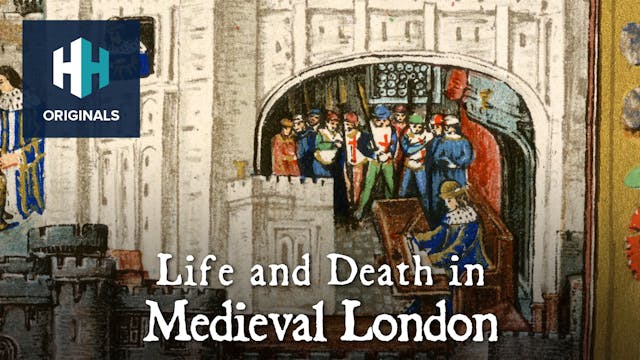Colchester Museums have been working with archaeologists and specialists to ‘decode’ the hidden stories of 40 of Colchester’s earliest inhabitants.
Through new scientific research techniques, they have reconstructed the identity and lives of these people: where they came from in the empire, what illnesses they lived with, and how they were cremated at their funerals.
Decoding the Roman Dead is an exhibition that explores the results of new scientific analysis and archaeological research into Colchester Museums’ Roman cremation burials. The project, a collaboration with the University of Reading and supported by our partners, Durham University and the Colchester Archaeological Trust, has already shed new light on the lives of those who lived occupied and lived under Roman occupation almost 2000 years ago.
Recently, Dan Snow visited Colchester Museum and spoke to some of the leading archaeologists, osteologists and scientists to find out more about the ‘Decoding the Roman Dead’ archaeological project.
Up Next in Everyday Life in History
-
Life and Death in Medieval London
Medieval historian Dr Eleanor Janega takes us on a whistle-stop tour across London, visiting some key historical sites and shining a light on the various communities of medieval London.
-
Going Medieval: Those Who Work
In the Medieval period, peasants made up roughly 80% of the European population (70% were serfs). In the first episode of Going Medieval, Dr Eleanor Janega visits Denny Abbey, a former Benedictine monastery in Cambridge to explore the lives of those who devoted their lives to working the land.
-
Going Medieval: Those Who Earn
Whilst the majority of people who worked in the Medieval Period were peasants, a significant community of merchants and tradesmen existed, the majority of whom belonged to one of the most powerful and influential groups in medieval Europe - the Guilds. Guilds were associations of artisans and mer...




17 Comments